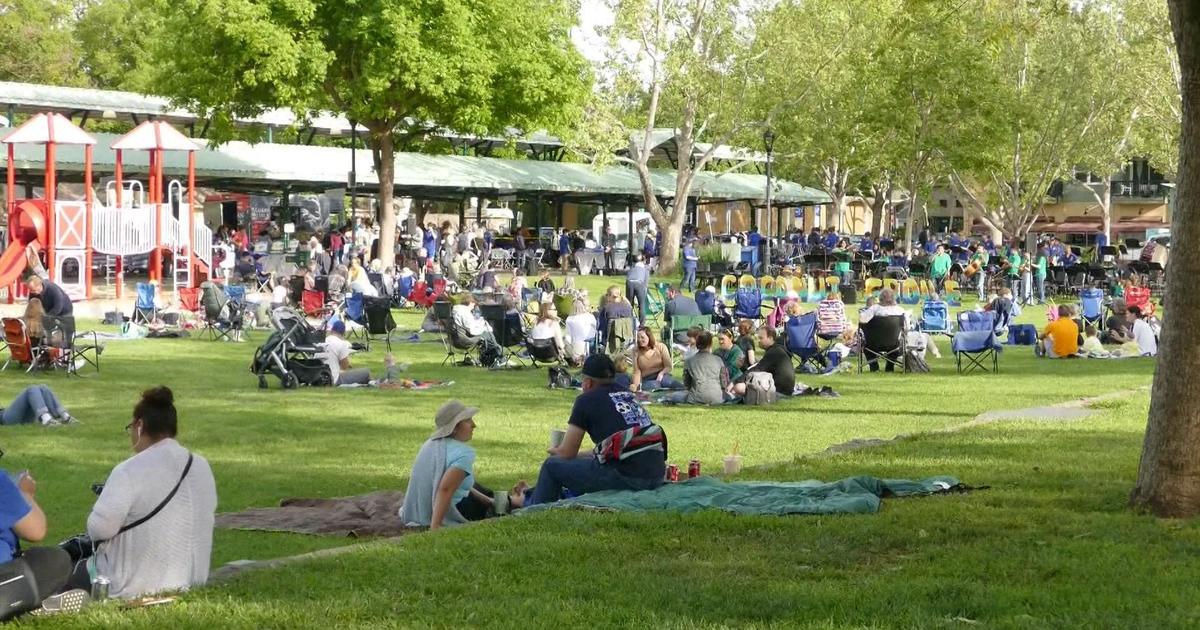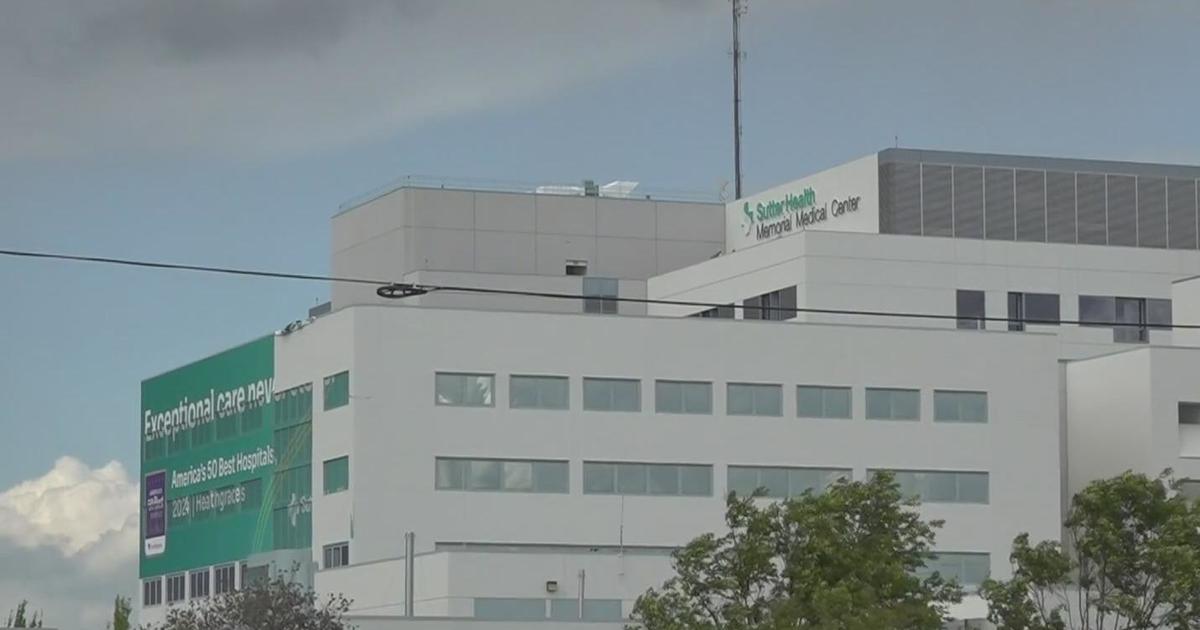UC Davis professor looking how to make table olive industry more economically feasible
SACRAMENTO — California is hoping to regain a seat at the table when it comes to table olives, which was once a leading industry in the state.
Dennis Burreson has been growing table olives for 40 years.
"We used to enjoy a significant amount of the institutional marketplace. The pizza trade but we've lost 90% of it," Burreson said.
He says labor costs him half of his total revenue. It's one of the reasons production statewide is down from 37,000 acres when he started to just above 12,000 now. UC Davis professor Louise Ferguson has spent her career studying why.
"The table olive industry is hand harvesting and hand pruning costs," Ferguson said.
Ferguson is also looking into what to do about it and how to make it more economically feasible.
"Because the climate in California is really good for table olives and with the increasing water problems and with the fact they can take class two – that's a gravelly poor quality soil – they are an ideal crop for some of the situations that are coming climatically in California," Ferguson said.
She has been developing two types of harvesters. One is a trunk-shaking harvester, which is also used to harvest pistachios and a canopy contact shaker
"The prototype we are trying to work with, selling the canopy contact head," Ferguson said. "That can be mounted on a bobcat. So the grower can rent the bobcat. Mount the head on it and use it for the season and then turn the bobcat back in"
If fabricated on a major scale, the canopy shaker attachment would cost just $100,000, a quarter of what a new machine would cost. The issue is older orchards have older trees with wider trunks making it a challenge to use them.
"Think of a goldfish," Burreson said. "If you put one goldfish in a bowl, it gets huge. If you put 100 goldfish in there, you don't get huge. Trees are much the same. You can't farm sunlight."
Burreson said the industry has to transition. That's why his company, Musco Family Olives, provided a million free trees, hoping to plant the seed: more trees per acre means easier harvesting and higher yield.
"The old orchards were 50-60-70 trees per acre, you might get three tons to the acre," Burreson said. "Now at 200-250 trees per acre, we are getting nine and ten tons to the acre."
Ferguson hopes these new trunk shakers will take over the market long term as older orchards are phased out.




